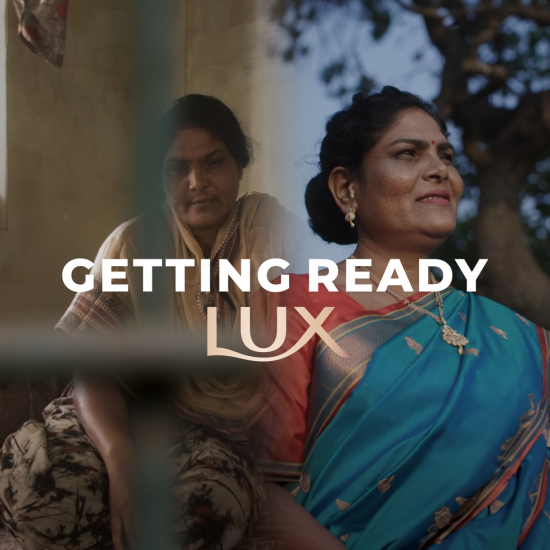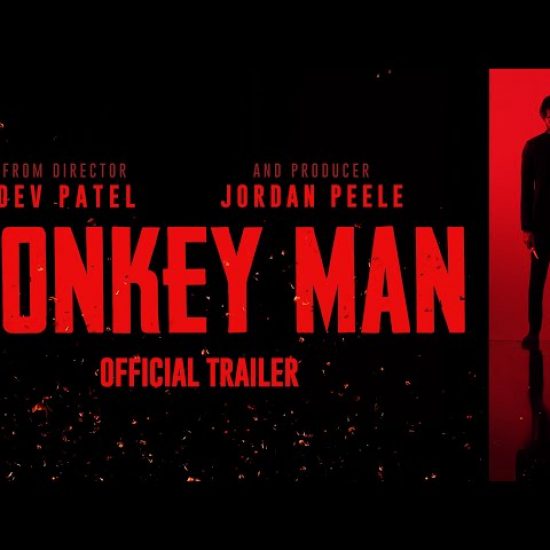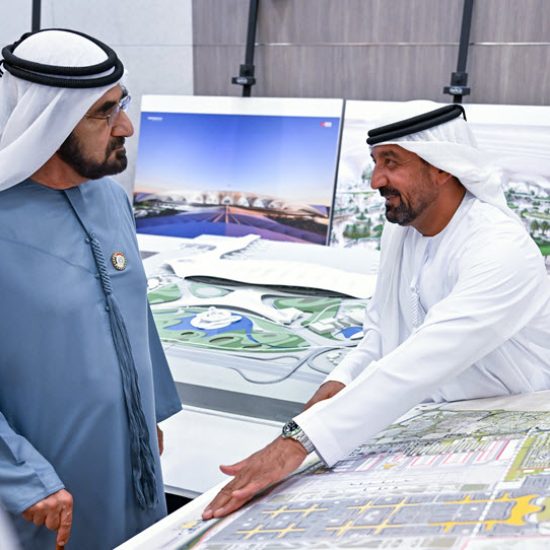|By Alexander Stewart|Advertisers are increasingly appreciative of the value in data-driven, channel-specific creative messaging. Given the associated costs of BRTV spot advertising, more and more brands are focussing their efforts elsewhere – social, programmatic OLV, on-demand programming. Viewership is moving away from linear television to go online, with 54% of 25-34 audience in Ukraine claiming to watch online video content every single day. As smartphone penetration continues to rise (currently 25%) this figure will only increase, opening a massive area of opportunity for brands.
The rising costs of traditional TV programming, accessibility of digital content, and increase in digital-first content production are just a few of the reasons we are seeing this trend materialize. Attention is increasingly turning to mobile devices as more content is available at the touch of a button. Brands can now access invaluable digital behavioural data insights to target consumers with relevant messaging that is of specific interest to them. Appreciating the importance of video content as a visual stimulus to attract attention and engage with audiences, brands are starting to see this as an opportunity to build campaigns around strong creative that is tailored for the online environment. This opens doors to reach a highly targeted and engaged audience at scale.
Increasingly PR is included to squeeze the most out of lower budget campaigns
Utilizing PR is a great way to increase the impact of campaigns that don’t have sufficient media budgets to gain the desired exposure in paid channels. WARC 100 demonstrated the gains that brands can make when they are able to successfully integrate PR resulting in increased campaign exposure and effectiveness – smaller media budgets don’t necessarily mean that a campaign can’t have a big impact! The challenge is for agencies to think creatively as to how best connect with an audience, bringing together all elements of a campaign. This is often difficult as messaging can be fragmented due to advertisers working with multiple agencies to deliver their communications; working with a single holding network encourages these conversations further up the funnel to get the most out of marketing budgets.
Additionally, smart use of PR can open opportunities for smaller ideas and activations to have wider brand impact. As mentioned earlier, it is no longer imperative for brands to buy expensive TV spots to achieve brand fame. There are now fewer barriers to entry for brands to execute clever activations and gain recognition and awareness. A difficulty that many agencies encounter is advertisers setting unrealistic targets for small budget campaigns to ‘go viral’ – it’s very hard to manufacture a piece of branded content that gets that kind of exposure. As WARC discussed, it’s often campaigns that successfully combine paid media and PR are those that achieve the best results.
Increase in use of partnerships
The proliferation of digital has made it more and more difficult for advertisers to meaningfully engage with audiences through traditional advertising channels – from a media perspective, identifying the right partnerships often allows brands to tap into a voice that consumers trust. WARC analysis has shown that over 40% of the top 100 case studies effectively leverage partnerships to increase effectiveness of advertising activity; this is particularly the case for campaigns targeted at a younger digital-savvy audience.
Beyond media-based partnerships, there has been a trend towards wider brand partnerships to enhance customer experience (something that many predict will become increasingly difficult very soon) – many consumer brands understand the need to innovate to survive in the current market. As technology becomes available to product teams, we will see more and more forward-thinking partnerships where brands work with tech disrupters to enhance their offering and make their services/product more readily available (convergence of traditional retail and e-commerce).
A great example of this is the partnership between Uber and Westfield shopping malls (initially in the US) whereby dedicated Uber lounges, drop-off and pick-up at each mall makes it easier for consumers to get to their favourite place to shop. Alongside the PR that this received, there are clear benefits for both brands as well as the consumer. The customer experience is improved, and both Westfield and Uber reap the financial rewards.
Final thoughts
These global effectiveness trends clearly demonstrate the shift in consumer behaviour, prompting brands to adapt their communications to connect with audiences and stay relevant. As the media landscape changes, it’s increasingly important that agencies continue to innovate to find effective and measurable solutions for our clients. Wherever possible, agencies must aim to instil a culture of partnership (replacing linear relationships) with both clients and media owners to encourage innovation and creative problem solving.
There is also a deeper requirement to continue to improve understanding and analysis of audience behaviours – motivations and behavioural data unlocks insights that allow brands to connect with consumers at the right time, in the right place, with the right message. Building a culture of audience-first planning allows us to create the right content for each environment, PR the activity effectively, and partner with the right brands to get the most from each piece of activity.
Finally, and most obviously, agencies must continue to invest in digital capabilities and specialisms. It’s important that digital thinking is filtered throughout all communications businesses and becomes a core competency of all strategists, planners and buyers regardless of their specific role.
(The writer is Strategic Leader, OMD Media Direction Ukraine)
Also published on Medium.






